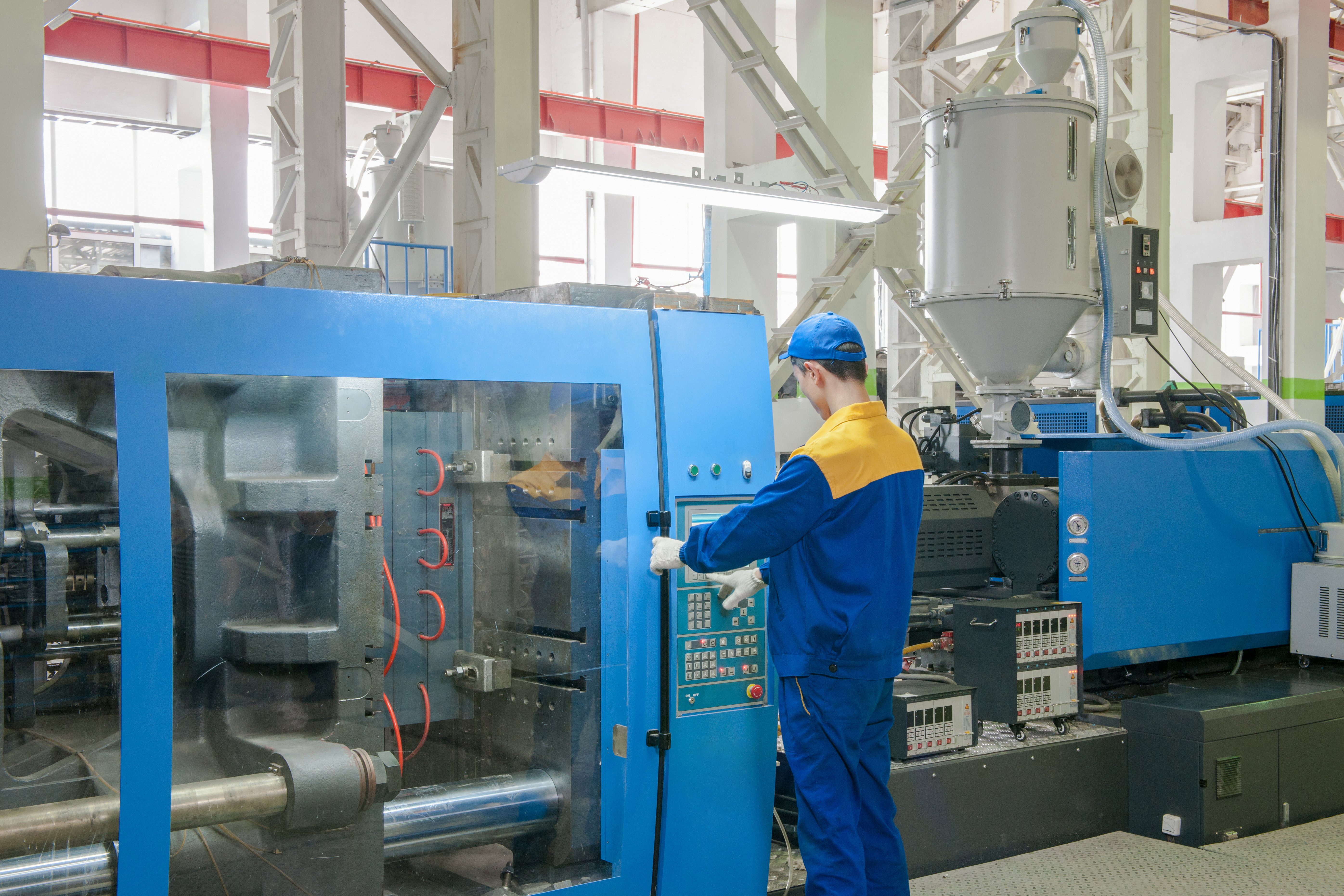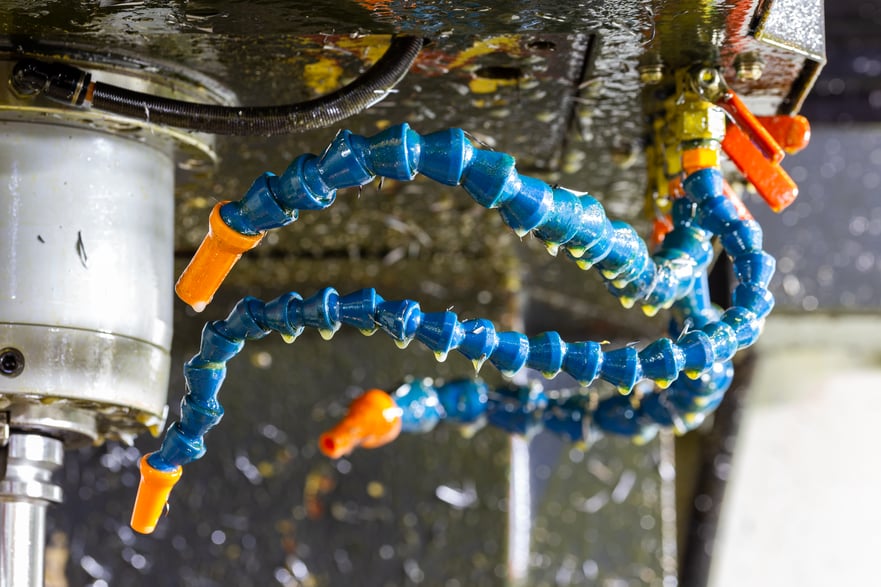250 Herbert Avenue
Closter, New Jersey 07624 U.S.A.
1-877-218-2650
In the past, OEMs used plastic gears in only a handful of applications. This was because of the uncertainty around their reliability or operational life owing to their response to temperature, chemicals, and moisture, among other application-specific variables. This was largely complicated because the Lewis equation commonly used to calculate traditional metal gears does not apply to plastics. This lack of polymer-specific calculations and material data sheets that don't explain material properties in operating conditions caused many engineers and designers to avoid plastics.
Nowadays, more manufacturers opt for plastic gear for industrial equipment, automobiles, medical equipment, automation, and electric motor-driven systems (typically robotics or mobility). This is because plastic gears, unlike metal ones, run lubrication free are lightweight, low-cost, chemical resistant, and corrosion-resistant. Moreover, they have good vibration absorption, quiet operation, and optimal shock absorption. Those features, while common to plastics, are often greatly impacted by four often unconsidered variables. Those include what material you are choosing, who the supplier of that material is as there is wide fluctuation between everything from resin suppliers to final bar stock, how the part has been designed, and lastly by which process you plan to process the final component. In gears there are currently 2 maybe 3 "viable" ways to make gears - Machining, Injection molding, and 3D printing. 3D printing is probably at least a decade away from making its way into this post, so lets focus on the other two here.
Two main processes are used to manufacture plastic gears; CNC machining and injection molding. CNC machining entails removing layers from plastic rods using computer software to produce your desired gear shape. On the other hand, injection molding entails melting pellets of resin and forcing that melted liquid to mold under high pressure into your desired shape. The flash-cooled material is then ejected from its mold as a finished part. Plastics typically shrink while cooling, something we will discuss later as a major hurdle to the precision and reliability of injection molded parts.
Picking the right process for producing your plastic gears is more than simply a tradeoff between the elements that differentiate CNC machining and injection molding. Below is a consideration of the leading aspects that differentiate the two processes and the common pitfalls and advantages of machined plastic gears and injection molded plastic gears to help ease your choice.


Injection molded gears and machined gears are two different manufacturing processes for producing gears. Injection molding is a process in which molten material, typically plastic, is injected into a mold and allowed to cool and solidify into the shape of the gear. This process is relatively quick and can produce large quantities of gears in a short amount of time.
On the other hand, machined gears are produced by cutting or shaping the gear material using machine tools. This process is typically more time-consuming and expensive than injection molding, but it allows for greater precision and control over the final shape and tolerances of the gear.
In general, injection molded gears are suitable for applications that require many gears with relatively loose tolerances. In contrast, machined gears are better suited for applications that require high precision and tight tolerances.
Injection molded gears are made by injecting molten plastic material into a mold to form the desired shape. They are typically less accurate and have lower strength and durability than machined gears.
Machined gears, on the other hand, are made by cutting or shaping the plastic material using specialized machinery. They have higher accuracy and strength but are also more expensive to produce. Plastic gears in particular, take more time to produce because of their adverse response to heat - cutting gears generates a lot of heat. To mitigate that, many gear cutters will slow down their machines to not burn the teeth. Additionally, deburring plastic gears is often a specialized and intricate operation, particularly when maintaining high AGMA quality. Sometimes this involves adding backing plates or other costly additions to the operation to save time.
When initially designing or choosing plastic gears for your application, your sensitivity to cost should be among the first elements you examine. Comparing the two methods of producing plastic gears, the cost is the primary consideration for most people. The cost of the production process you choose is affected by your production volume, component size, equipment price, and material savings. The equipment cost for injection molding is typically thousands of dollars charged upfront.
In general, injection molding is the cheaper choice if you have a high lifetime volume meaning you intend to use your machine for a long time. If you want to produce less than 5000 -10000 plastic gears, CNC machining is cheaper.
In terms of material savings, injection molding is also cost-effective. CNC machining involves subtractive manufacturing. This means you make plastic gears by cutting, removing, and drilling away excess materials to get the desired shape. This naturally generates waste, increasing the manufacturing cost because you cannot reuse it. Conversely, injection molding is a formative manufacturing process that produces little waste beyond misformed rejected parts, thus reducing material costs.

CNC machining is the fastest option for producing low-volume plastic gears. For instance, if you want to manufacture ten parts in two weeks, this is your ideal choice. On the other hand, if you need 50000 parts in four months, the best option is typically injection molding, assuming the molds already exist. If you need to produce new molds, which you need to do every 100,000 parts, that process could take months to complete before you can start forming gears. This is because making its mold takes time and ensures the products meet your specifications. Making a mold takes weeks to months to complete.
The high upfront cost of injection molding pays off for large production volumes. CNC machining is cheap if you want to manufacture a few thousand items. Creating molds in injection molding might have a high upfront cost, but this is spread over thousands of manufactured parts. At high volumes, machined gears come down to 2 components material cost, run time, and scrap. Material costs and runtime will naturally be higher in the machining process. Still, the costs may converge when factoring in scrap rates and the high tooling costs inherent in the injection molding process. Not all materials can be machined or injection molded, so it is essential to consider how you will manufacture your gears before you begin the material selection process. Even at high volumes, if the application falls at the edges of what plastics can handle or needs to be reliable for its calculated life, machined specialty polymers might be your only option.
Injection molding might produce parts with slight cosmetic imperfections and, because of their forming time, will have internal stresses and a degree of dimensional instability. If you want the highest quality levels, CNC machining is the ideal choice. Injection molded gears are commonly made in the middle of the AGMA quality range AGMA 7 or AGMA 8 are the norm however, if you are willing to invest in expensive molds or hob an injected blank, you can achieve up to AGMA 10. Machined plastic gears are normally AGMA 9 but can reliably be made to AGMA 11+ for the medical and semiconductor industry. As in Injection molding with a higher quality rating, there is a higher cost.
If you want your plastic gears to hold precise design specifications, the ideal choice will be CNC machining. Through injection molding has fair initial accuracy within .005 inches of your design specification, machining gives you lasting precision within .001 of your design specifications. These stresses introduced to the parts during the high-speed injection process will cause the material to lose its peak material properties, and the parts can suffer over time. When machined, machined gears can be cut to relieve stress and allow material to maintain its mechanical and dimensional properties throughout the life of an application. Superior precision is essential in the medical equipment, aerospace, semiconductor, automation, and telecommunications industries, where machining is most commonly used. Other sectors where slight inconsistencies make little difference often settle for injection molding.
CNC machining allows a diverse range of plastic materials to create gears. This is beneficial if you need a specific plastic or high-performance plastic for your product. The plastic selection for injection molding is limited. Even so, rubber and some flexible materials can only be injection molded.
From the above tidbits, you can correctly conclude that machining is the best choice for prototyping, precision tolerances, manufacturing components with large volumes and complicated geometries, and quantity runs under 5,000 to 10,000 units. On the other hand, injection molding works for large quantity runs for parts that won't be exposed to varying environmental conditions and applications with low torque and limited shock loads, but where smooth surface finish is important, and the cost is the main driver.
When considering injection molded gears, the most common materials include
Nylon: PA6 - And modified and filled versions of PA6
POM - Acetal
PEEK - Polyketone
Machined Gears are most commonly made from
NYLONS
PA6 & PA6.6 Variants of Extruded and Cast Materials. These materials, even when filled with glass or fiber, are dimensionally unstable: Glass and Fiber May be stable, but they aren't what's holding these parts together. MD Nylon, Cast Nylon 6, Fiber Filled Nylons all suffer from one of three major failure modes - they add fiber to add strength, but fibers create friction on the teeth of the gears, generating heat and weakening them, so someone will add a lubricant to the or heat stabilizer to the mixture, great problem solved, but not really, now you weaken the chemical structure of the polymer which you have selected for its mechanical properties, these are reduced because of all the additives needed to make that lesser polymer look more like a high-performance polymer on a static spec sheet.
Intech PowerCore - Non-Hygroscopic Materials and Dimensionally Stable Gavity Cast Polymer
Acetal - machined from extruded or compression-formed bar stock
PEEK -- machined from extruded or compression-formed bar stock
.png?width=1200&height=675&name=Intech%20Gears%20Aerospace%20%26%20Defense%20-%20%20(1200%20%C3%97%20675%20px).png)